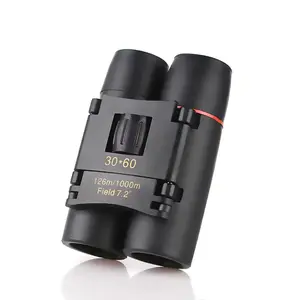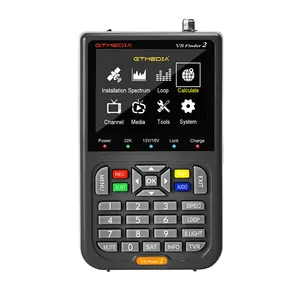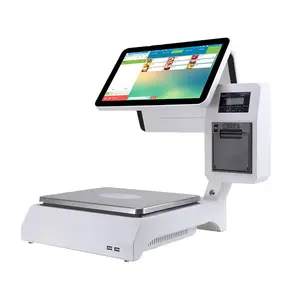आपके उद्योग में लोकप्रिय




































































सौर बैटरी 2 वी 400 के बारे में
द। सौर बैटरी 2 वी 400 अपने परतदार मांस और हल्के स्वाद के कारण दुनिया भर में व्यापक रूप से काटी जाने वाली मछली है। मछली के कई प्रकार हैं। सौर बैटरी 2 वी 400 परिवार और इनमें से कई किस्में आपस में मिल सकती हैं। एक लोकप्रिय समुद्री भोजन के रूप में, कई लोग पोषक तत्वों के सेवन को बढ़ावा देने के लिए इन उत्पादों को स्वास्थ्य भोजन के रूप में खाते हैं।
<<> ये। सौर बैटरी 2 वी 400 प्रोटीन का बहुत दुबला स्रोत है और कई अलग-अलग बी विटामिन के साथ भी पैक किया जाता है। वहाँ कई महत्वपूर्ण खनिजों में पाए गए आइटम हैं जो मानव शरीर के लिए स्वस्थ रूप से कार्य करने के लिए महत्वपूर्ण हैं। इस तरह के समुद्री भोजन का सेवन करना अक्सर बेहतर स्वास्थ्य से जुड़ा होता है और यह उन कुछ बीमारियों के जोखिम को भी कम कर सकता है जो खराब आहार से संबंधित हैं।
कई। सौर बैटरी 2 वी 400 इसमें अधिक मात्रा में ओमेगा -3 फैटी एसिड नहीं होता है, लेकिन वे पारे में कम होते हैं जिसका मतलब है कि वे अभी भी एक पौष्टिक और संतुलित आहार का हिस्सा हो सकते हैं। इन उत्पादों को कई तरीकों से तैयार किया जा सकता है और मछली का हल्का मांस आसानी से मसालों और सीज़निंग को अवशोषित करेगा। यह सुनिश्चित करने के लिए कि खाना पकाने के दौरान उत्पाद सूख न जाए, मछली के चारों ओर कुछ एल्यूमीनियम पन्नी लपेटें।
सस्ती खोजें सौर बैटरी 2 वी 400 टैग्स पर और यहां ताजा उपज पर सहेजें। इन उत्पादों को दुनिया भर से खट्टा किया जाता है और टिकाऊ तरीके से काटा जाता है। हल्के स्वाद का आनंद लें और स्वास्थ्य लाभ इन वस्तुओं को पेश करना है।
















